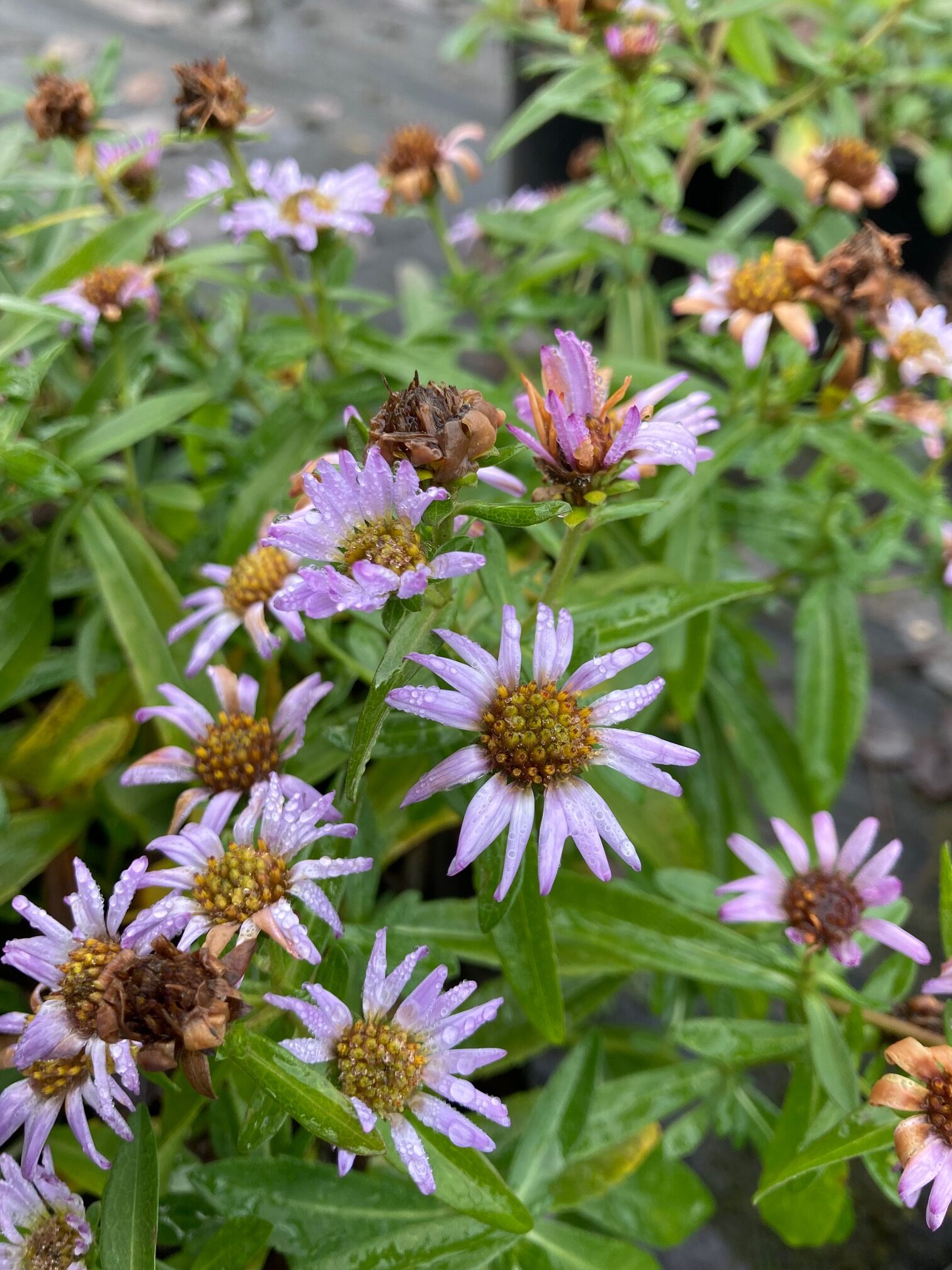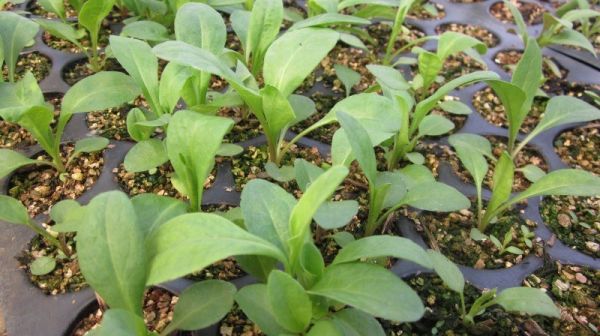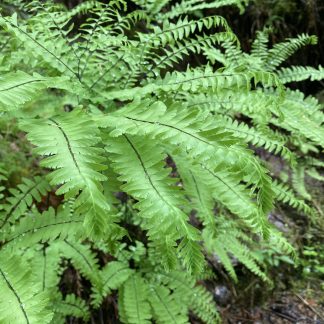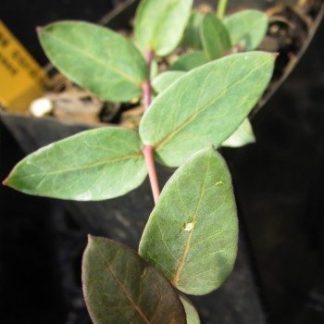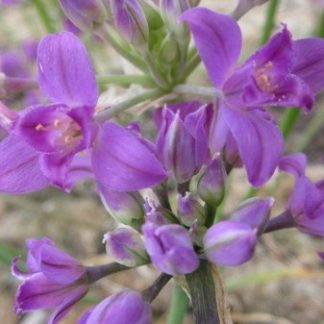Aster subspicatus (Symphyotrichum subspicatum)
Douglas' aster
Habit: this herbaceous perennial grows in a cluster of erect leafy stems from creeping rhizomes. The leaves are toothed oblong to narrowly elliptic and reaching lengths of 4 in (10 cm) near the bottom of the plant and smaller near the top. The rather lanky stems are either covered in short hairs or smooth and topped with bluish purple flowers resembling miniature daisies, blooming mid summer to mid fall. Flowers create an abundance of feathery seeds, dispersed by wind and will self seed freely once established.
Ecology: typically a coastal species found in moist lowland habitats such as streambanks, seashores, salt and fresh marshes, ditches, meadows, clearings at low elevations.
Growing Conditions: full sun to partial shade, in moist rich soil but can tolerate a wide range of soils. Douglas’ aster is not tolerant to drought and restricted water conditions.
Attracts butterflies.
Specs
Deciduous Herbaceous Perennial
1-3 ft (1m)
6a-9b

